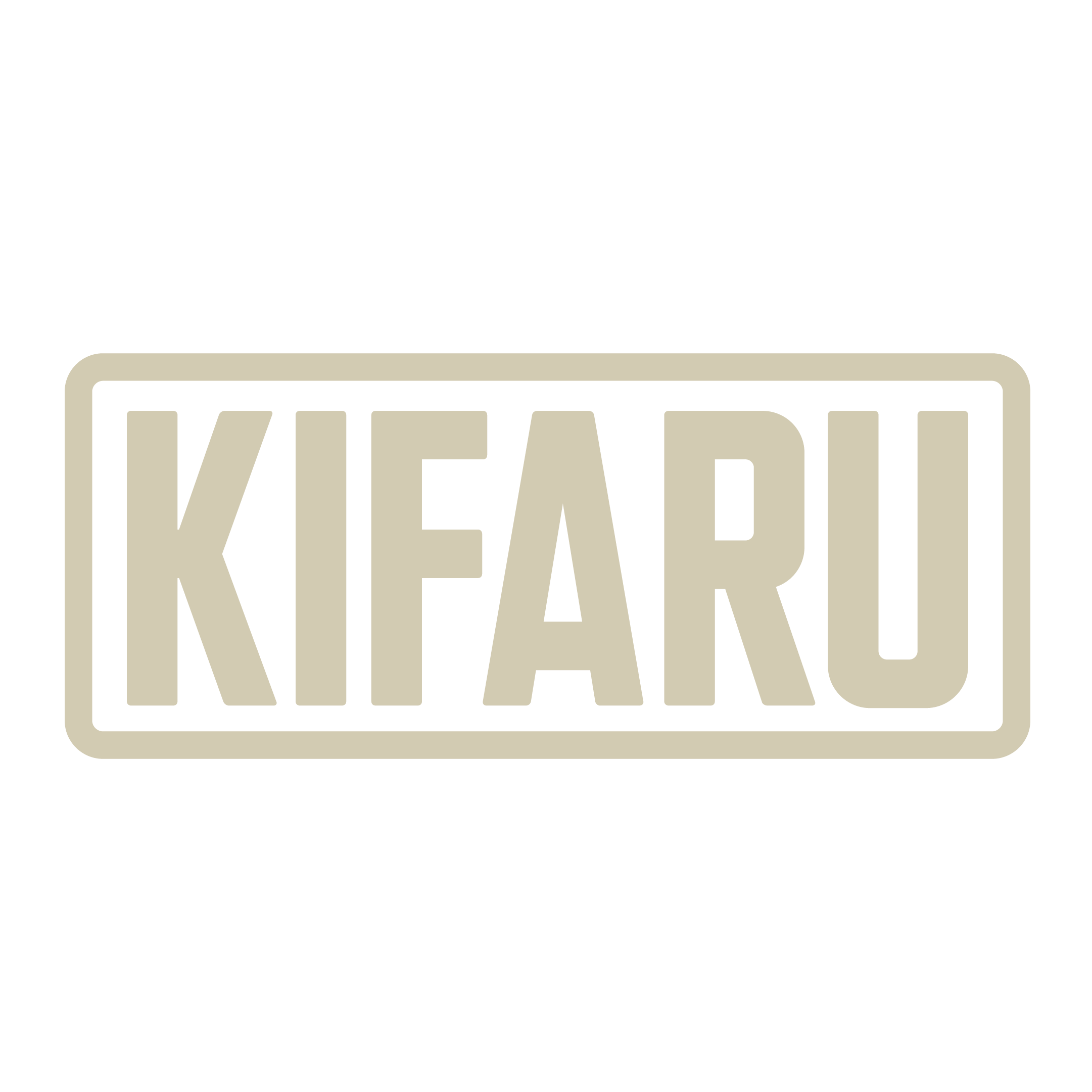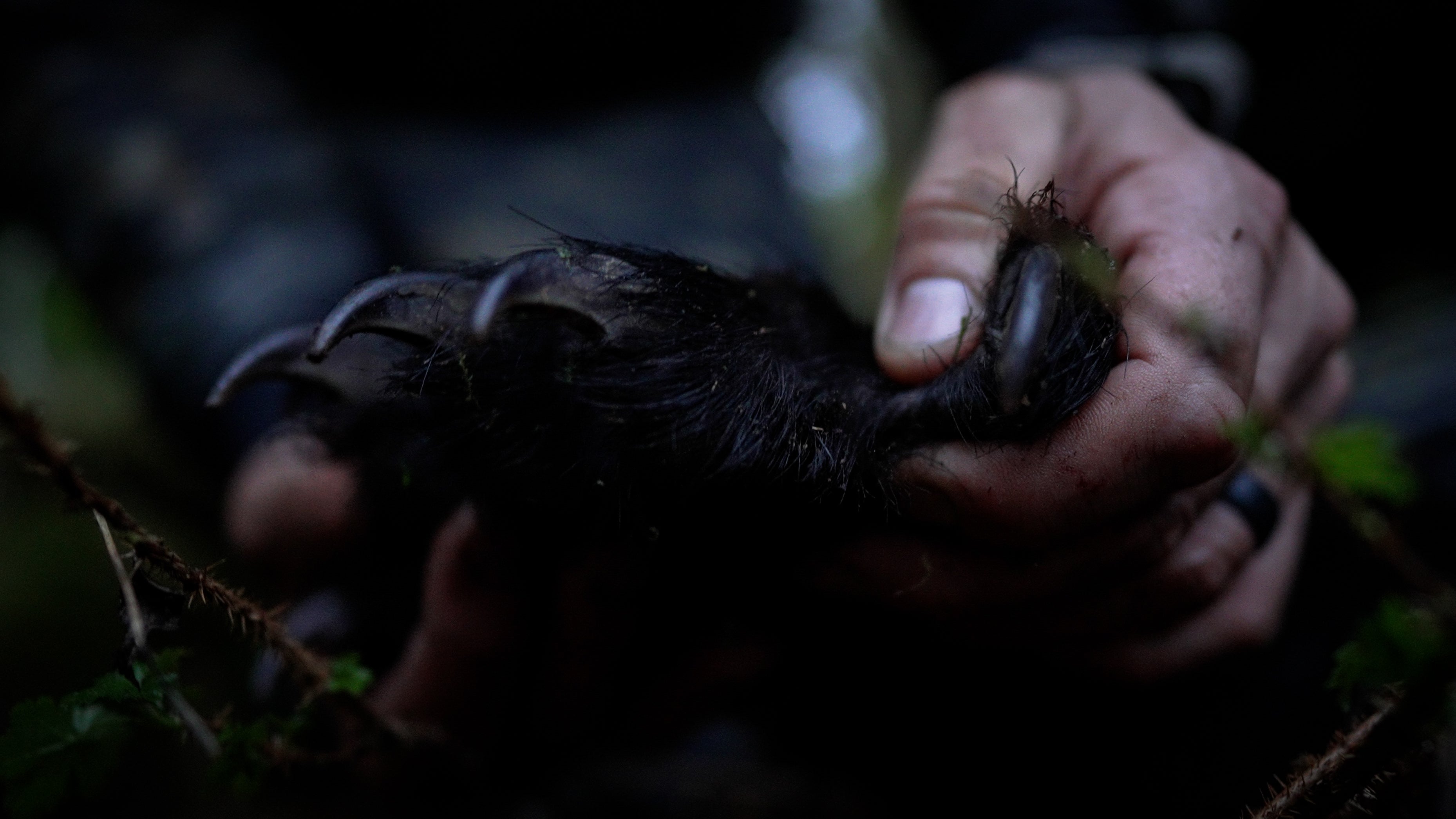Let’s talk about spring bear:
Spring is an exciting time for many reasons but top of the list in my books is spring bear. We are allowed to cut two tags a year here in BC and I like to take it as an opportunity to get out in the hills, brush off the dust, get some fresh meat for grilling season, and to help out the local deer population while at it. With such high black bear populations here in BC effective predator management is essential for giving our ungulates the best chance. For this article I really want to focus on field judging and meat/hide care so I will touch quickly on a few topics and then get into the meat and potatoes.
Before heading into the field. What to bring:
Many people hunt bears in multiple different ways so here are a few essentials that I will always bring with me regardless of if it is a day trip or a multi-day backcountry hunt:
- Light layers for hiking. I have found bears to be fair-weather animals so chances are you’ll be enjoying some warmer temps and lighter layers are a good choice.
- Knife or side arm for protection. I like to archery hunt for spring bear so I always want to have a second option for protection. We can’t carry sidearms here in Canada, so I have a quick access knife attached to my shoulder strap for access while still covering my vitals. If you can carry a sidearm even better.
- InReach or other satellite messaging device. This is always a must when predator hunting in my opinion.
- Predator call: Spring season is peak birthing season for deer, elk, and moose. A fawn in distress or injured rabbit call can be a great way to pull a bear in for a closer look or get a second chance after a blown stalk.
- Bug spray. Bear season is bug season. Sunrise and sundown seem to be the best times for bear movement but also peak mosquito hour–especially in that fresh green vegetation which is where the bears will be.
- Thicker coat for last light. If you end up sitting to wait for a bear, just remember the temperatures still drop quickly in early spring. There is nothing worse than shivering like a dog shitting razorblades when you’re trying to glass or waiting for a jumbo to give you your shot opportunity.
- Ultralight windproof layer. A light windbreaker is a great way to keep mosquitos off and a godsend when you are getting swarmed while breaking down an animal and don’t want to spray a ton of bug spray.
- Second headlamp for long nights. I always seem to have my best luck in the last 1.5-2 hours before dark. Nothing worse than burning through a headlamp when breaking down a bear and then stumbling out of the bush with a heavy pack in bear country.
Heading into the field. Where to look and when:
Start low and work your way up! Bears like the freshest shoots as they are the most nutritious. This is why you will first see the bears along the coastlines and then as the season progresses they will follow the fresh growth up to the tops. I also like to focus on areas that seem to hold deer, elk, or moose. Young defenseless deer, elk, and moose are a favorite treat for bears so these are great areas to focus on and will also increase the effectiveness of predator calling. Keep in mind that boars will begin cruising as the rut starts to kick off so they can be less routine than during the early season.
Note, one thing to remember is that throughout the early season if you spot breeding age sows you will want to mark these areas and return to them during the rut. A healthy sow can be your best friend when it comes to the rut as she will pull in the big boys from the area as they try to win her over.
You’ve spotted a bear. Now what:
Bears are arguably one of the toughest animals to field judge, so how do you know if you’ve got a shooter in your sights? With such thick fur and no head gear, antlers or horns, to base size off of it can be a difficult task trying to ID a jumbo boar. For most hunters the goal is often a mature boar or sometimes an ancient dry sow. Like anything, it becomes almost second nature with a little practice and in most cases if you see a true jumbo you will know. For the new bear hunters or to help with some of the unclear situations here are a few tricks that I use:
-#1 rule! Take your time! It is always better to let a big boar walk than to shoot an immature bear or even worse a sow with cubs. The spring season is a fun time and if it's early enough in the season there is a good chance you can turn the bear up again if needed. Don’t try to talk yourself into it. Even a small bear can look huge from the right angle without any objects for size reference. If the bear looks small don’t try to convince yourself otherwise based on one random angle.
Characteristics of a jumbo: Everyone has their own ways for IDing big bears but here are some that have worked for me. I don’t use them all every time but these are some helpful tips that will prevent major ground shrinkage.
- The waddle: Big boars look heavy, so they walk with a strut like swagger or ‘waddle’. Their front legs will often be large and muscular. When combined with their heavy frame, their movements look labor intensive as they shift their weight side to side when they walk (similar to a bulky powerlifter) sometimes even dragging their feet instead of stepping cleanly. Sows or younger boars will typically have a very straightforward gait since they aren’t as big and bulky and will look lighter in their movements.
- Front legs: If you have enough time when watching a bear, you can tell a lot by its front legs. If the fronts are thick and heavy with little to no taper at the wrist, then there is a good chance it’s worth checking out. If the legs look thin, move lightly and there is a noticeable taper at the wrist it may be time to check out a new bear.
- The ears: Similar to horns or antlers, ears can be used as a reference with bears. If the ears look big and sit high up on a bear's head, there is a good chance it is a younger bear. As the bear's skull and jaw muscles develop the ears will move further apart and move more to the side of the bear's head. Smaller and sometimes torn up ears lower on the side of the head is a good indicator of an old warrior.
- Pumpkin head / the crease: There is a reason one of the primary measurements for record book bears is the size of their skulls. Mature boars tend to develop large blocky heads that can almost look like a giant pumpkin and often develop a large crease down the center of their forehead where the two jaw muscles meet. A sow will typically have a much narrower face with tighter eyes and less prominent jaw muscles. This will take some time in the field to learn but think of the difference between a boxy pitbull head VS a leaner breed with pointed snout such as a lab.
- The twig and berries! Bears will move around a lot and if you get lucky you may just catch a few angles that are dead giveaways. The testicles can be pretty apparent with big bears from behind or you can sometimes detect a long tuft of fur that will come down from the torso where his ‘whizzer’ comes out.
Your bear is down… Now what:
Step #1 remove the hide. You want to get this cape off as quickly as possible because bear capes are extremely warm and can hold heat in like no other. There are lots of diagrams available online so I won’t spend too much time here but make sure you keep the cape clean and remove excess fat before setting it out to cool off while you handle the meat.
Step #2 get the fat off of the meat - bear meat is not like any other wild game meat in my opinion and often gets a bad rap. In my experience, this is because bear fat spoils faster than any other meat I have worked with. Now I love rendered bear fat as much as the next guy, but in the field we are mortal enemies. Even after skinning and hanging I have seen bear fat go rancid in less than a day.
To keep my bear meat tasting clean my primary goal is always to get the fat off of the meat as quickly as possible. If I am in the back country and will not make it back to my freezer that night I will go as far as opening up major muscle groups to pull out intramuscular fat deposits to prevent it from spoiling.
If I am close to home I try to get the meat back home and butchered that evening. If I run out of steam I will often break the bear down into freezer sized portions and butcher the next day after partially thawing.
When butchering bear meat I make sure I spend extra time removing any fat deposits throughout the meat. I have noticed that even small amounts of fat left in a sausage pile or in a roast can taint the flavor especially after a few months in the freezer.
Note: I have noticed that alpine berry bears are typically the tastiest bears. Although the fat can still go rancid quickly if left in the heat, I have had less issues with tainted flavor from small amounts of fat being left on roasts or other cuts.
All in all, the best way to learn bear hunting is to get out there and spend time in the field. Get out, bring the family, spend time behind the glass and practice field judging bears. Bear meat does not deserve the bad rep' it has been dealt, it just needs extra care and can spoil quickly if not addressed. If you get lucky and cut a tag make sure you’re careful with the recovery and put a little extra care into the handling of the meat. If you've stuck it through this far, I hope you've been able to gain some useful info and are able to get out and put it to use down the road.


Share:
Gear List: Spring Bear Hunting
Derek Wolfe's Gear for Life